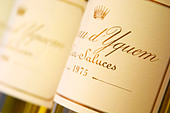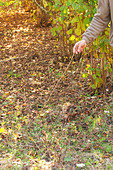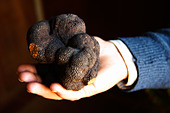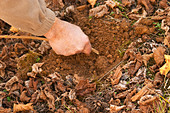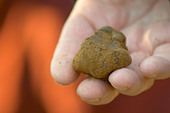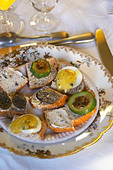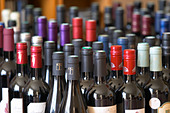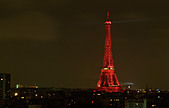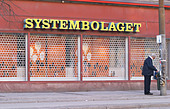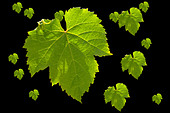Just like last year, we did some brain storming (late one night after some good bottles of course) on what might be the trends in the wine world in the coming year. You can read more details below in the Brief but here are the headlines:
Wine Trend 1, environmental issues #1, eco-friendly wines
Wine Trend 2: environmental issues #2, ‘nicer’ packaging
Wine Trend 3: Balance
Wine Trend 4: Less oaky wines #1
Wine Trend 5: Less oaky wines #2
Wine Trend 6: Good time for budget wines
Wine Trend 7: More demand for lesser known grape varieties
Wine Trend 8: Cheaper champagne
Wine Trend 9: More protectionism in the EU
Wine Trend 10: China grows in importance
One year ago we also looked in the crystal ball, in the BKWine Brief in January 2010. Were our predictions correct last year? Take a look for yourself in the Brief for January 2009!
We’d be very interested to hear what you think about the wine world in 2010! Are we completely off the board? Or do you agree? Or perhaps you have completely different predictions for the coming year. Send us an email or post a comment in the blog!
This rather extended holiday season (especially if you’re Swedish: December 24, 25, 26, 31 and January 1 and 6, plus half of 5 are vacation days, or “red” days as they say in Sweden. It refers to the colour in the agenda and not to your political views) has given us plenty of opportunities to open some nice bottles. Traditionally, for Swedes, it’s the season for the Christmas gigantic smorgasbord with plenty of beer and aquavit. Yes, we’ve had some of that but we’ve also managed to down some good wines.
We wrote some time back about our “Swedish” wine cellar that we’ve moved home (from Stockholm to Paris). It’s been hibernating almost untouched in Stockholm since we moved from there almost twenty years ago. In other words, there were some “interesting” wines there that we have started to sift through. If you follow us on twitter (@bkwineper) you might already have had some of our spontaneous reactions to those wines ‘live’ over the holidays.
Just to give you some examples: Château Beauregard 1981 (Pomerol), Chateau Grillet 1986 (Condrieu), Château Chasse-Spleen 1976 (Bordeaux), Les Silex Chateauneuf-du-Pape 1977… The experiences have been very varied and sometimes unexpected : a magnificent Château Grillet (we no longer believe in those who say that Grillet cannot age !); a, to us, unknown Chateauneuf that surpassed all reasonable expectations; several (OK, that’s an exaggeration – let’s go for ‘some’) old clarets that were still alive (sometimes on life support) but that were mostly very elegant and delicate, partially due to the time that had passed (more than 30 years sometimes) but probably also because none had an alcohol level above 12.5%...
We’re thinking of making our database with tasting notes available on the internet. Would that be a good idea, in your opinion?
Britt & Per
PS: Recommend to your friends to read the Brief or forward it to them !
You can read the full Brief here!



Read more...
 Dr. Vino is a wine blogger with a talent to unearth unusual and intriguing stories. He has found this month’s wine accessory that one should definitely not be without: a “cork screw” for bottles closed with screw cap the Butterfly Wine Opener. How else will you be able to open with flair those challenging screw top bottles?! We dive for the credit card to place an order!(not pictured here)
Dr. Vino is a wine blogger with a talent to unearth unusual and intriguing stories. He has found this month’s wine accessory that one should definitely not be without: a “cork screw” for bottles closed with screw cap the Butterfly Wine Opener. How else will you be able to open with flair those challenging screw top bottles?! We dive for the credit card to place an order!(not pictured here)


